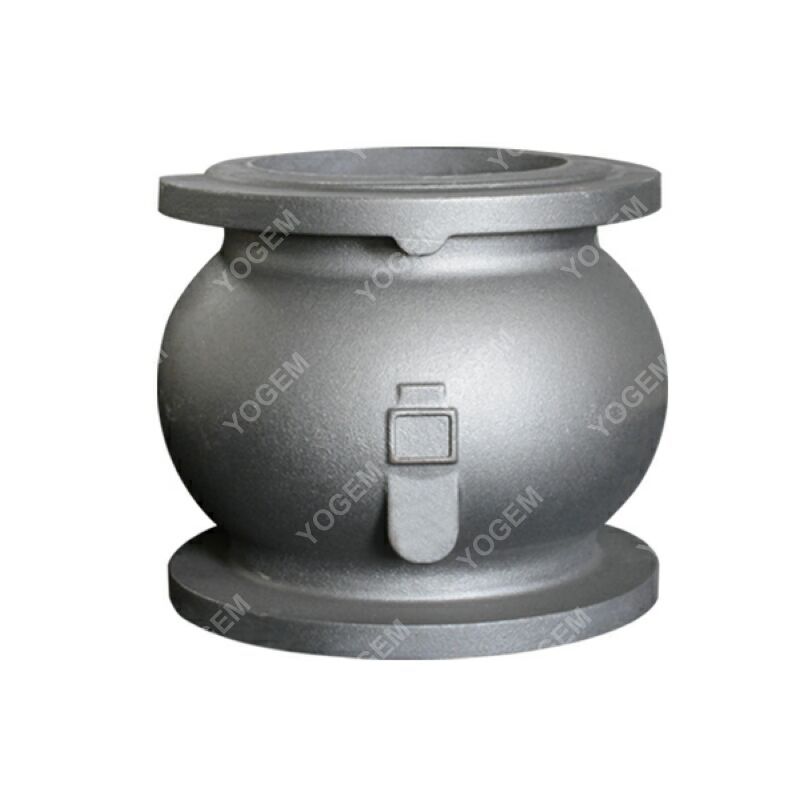Stainless steel is a favored material for various applications, valued for its durability, resistance to corrosion, and attractive appearance. One prevalent technique for shaping stainless steel into final products is casting. This article provides a detailed exploration of stainless steel casting and its processes.
Stainless steel casting refers to a manufacturing technique where molten stainless steel is poured into a mold, subsequently solidifying into the desired shape. This method creates an array of components featuring complex geometries and precise specifications. The resulting products can vary from small, intricate pieces to substantial industrial components.

1. Pattern Creation: The casting process begins with the development of a pattern representing the intended part. This pattern is typically constructed from materials such as wax, plastic, or metal, ensuring it accurately reflects the final item.
2. Mold Formation: The created pattern is then encased in a mold medium, often sand or ceramic, which hardens over time. Once the mold is solid, the pattern is extracted, leaving an empty cavity that replicates the desired form.
3. Pouring Process: The molten stainless steel is heated to extreme temperatures within a furnace and then poured into the mold cavity. The liquid metal fills the space and conforms to the mold's shape.
4. Cooling and Solidification: As the molten metal cools, it solidifies, acquiring the properties inherent to stainless steel. After complete cooling, the mold is removed, unveiling the finished part.
5. Surface Finishing: The cast stainless steel component may then undergo further processes, such as machining, grinding, or polishing, to achieve the required surface finish and precise dimensions.
The stainless steel casting process offers numerous benefits compared to other manufacturing methods, including:
- Versatility in design: The casting technique allows for the production of intricate and complex shapes that may be challenging or impossible to create using alternative methods.
- Economic efficiency: Casting can be a cost-efficient choice for mass-producing parts, as initial tooling costs can be amortized across a significant number of pieces.
- Material attributes: Renowned for its exceptional strength, resistance to corrosion, and heat tolerance, stainless steel is an excellent choice for a multitude of applications.
- Production efficiency: Casting is often an efficient method of manufacturing, generating minimal waste while enabling the production of parts with close tolerances.
In summary, stainless steel casting is a highly effective and adaptable manufacturing process employed to create a wide range of components. By gaining an understanding of how stainless steel casting operates and its various advantages, you can make well-informed decisions regarding its use for your manufacturing requirements.
If you seek dependable stainless steel casting services, consider reaching out to Stainless Steel Precision Casting, Aluminum Casting Supplier, and Ductile Iron Casting for additional information regarding their offerings.
Our state-of-the-art facilities and rigorous quality control measures throughout all stages of the manufacturing process enable us to assure complete satisfaction to clients seeking OEM grey iron sand casting parts supplier, ductile iron sand casting for sale, Ductile Iron Casting, Gray Cast Iron, and ductile iron casting suppliers.

Comments
0